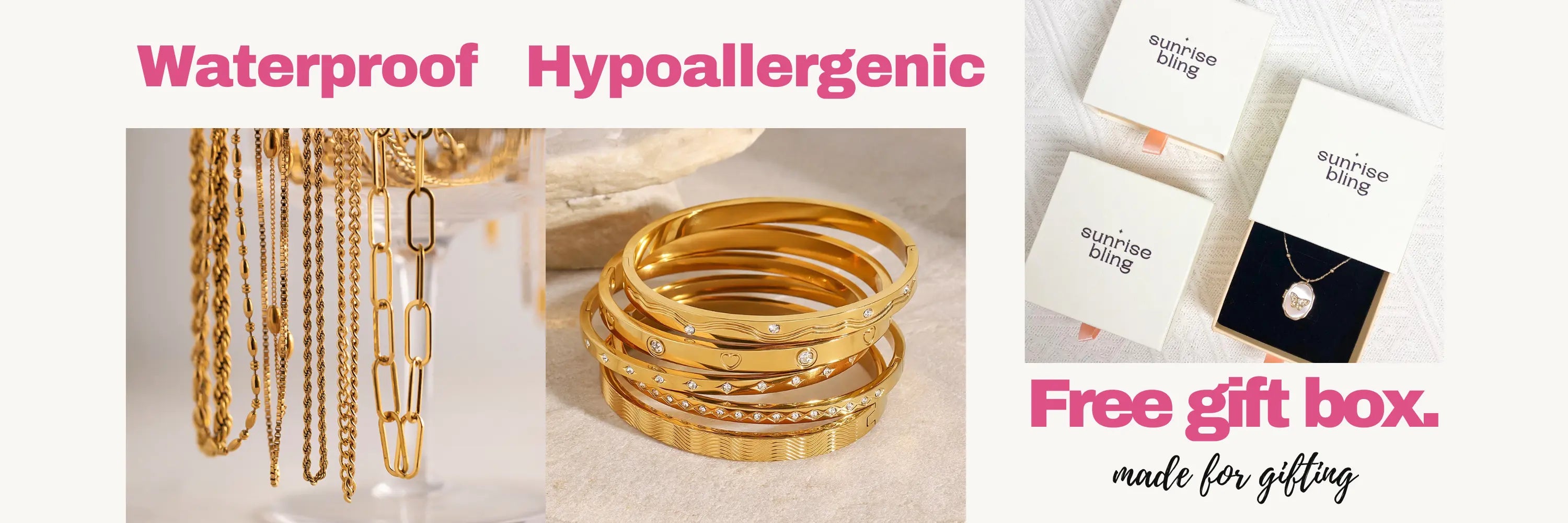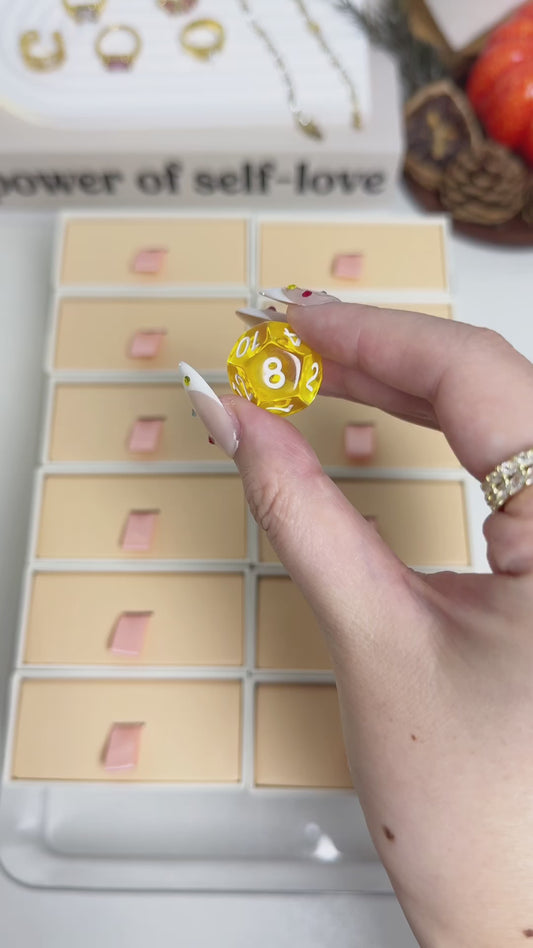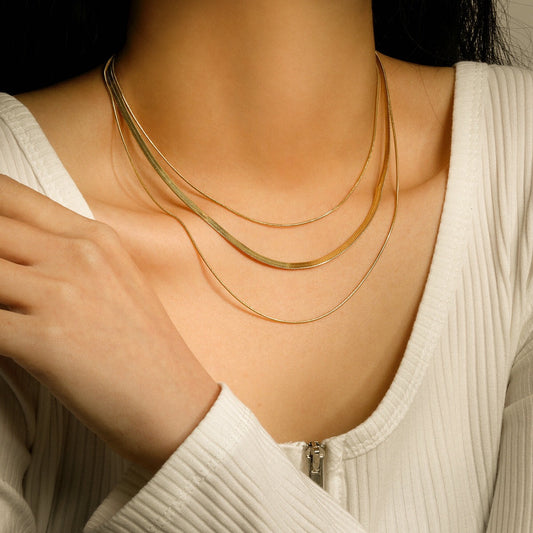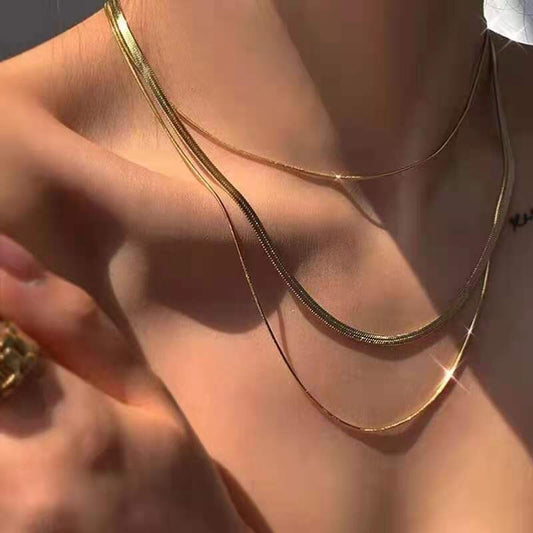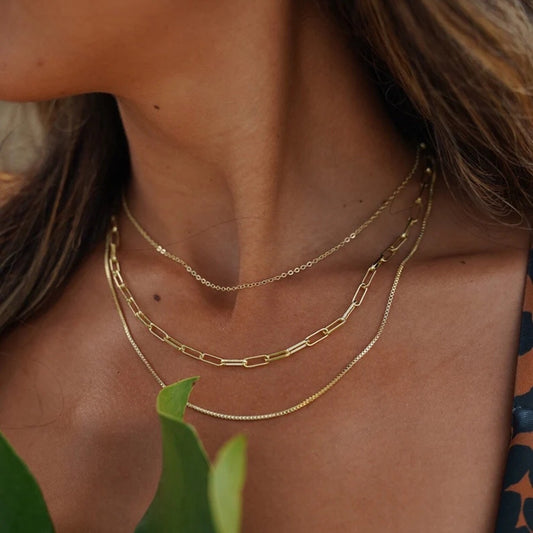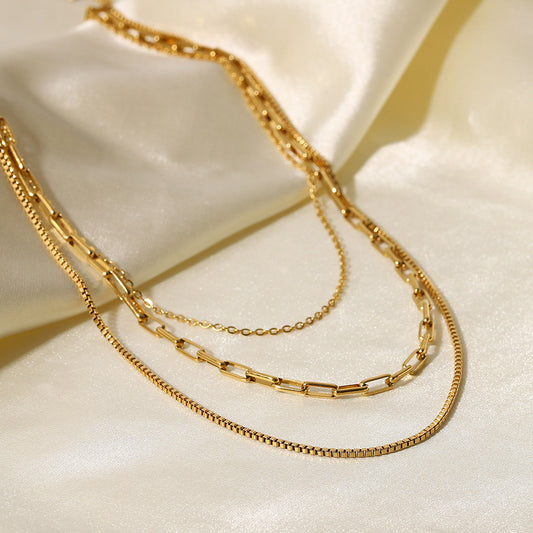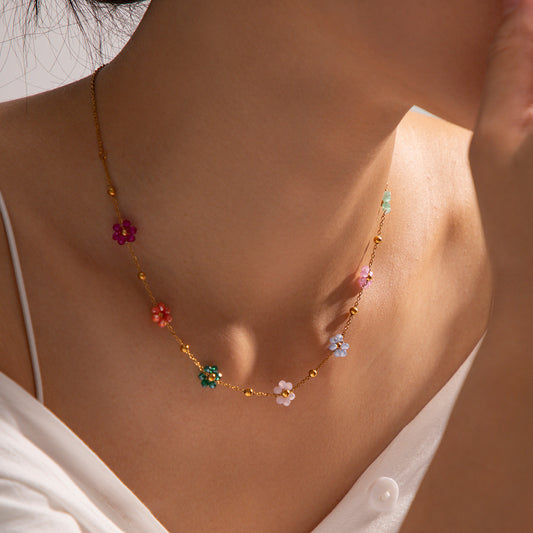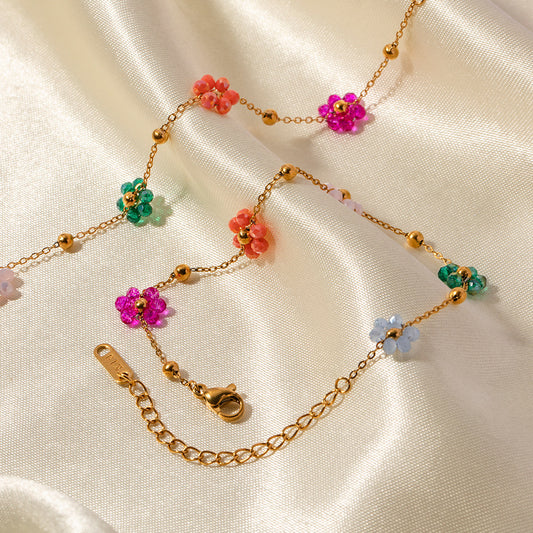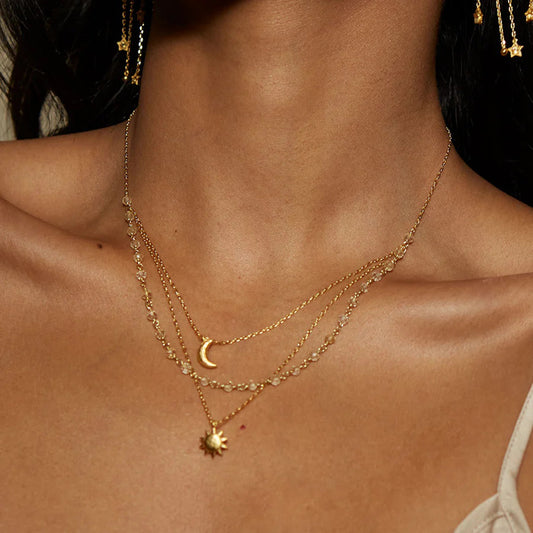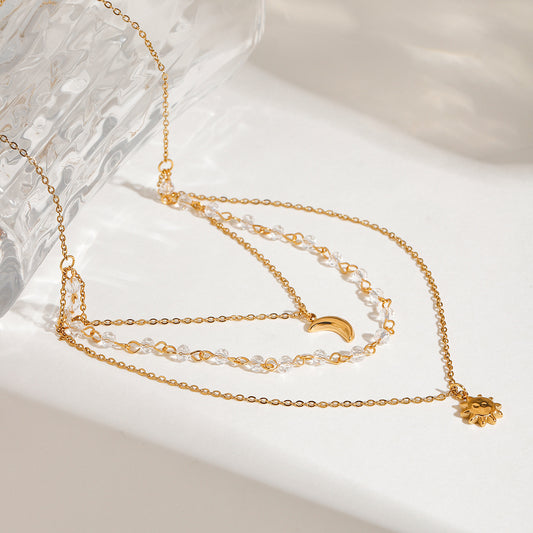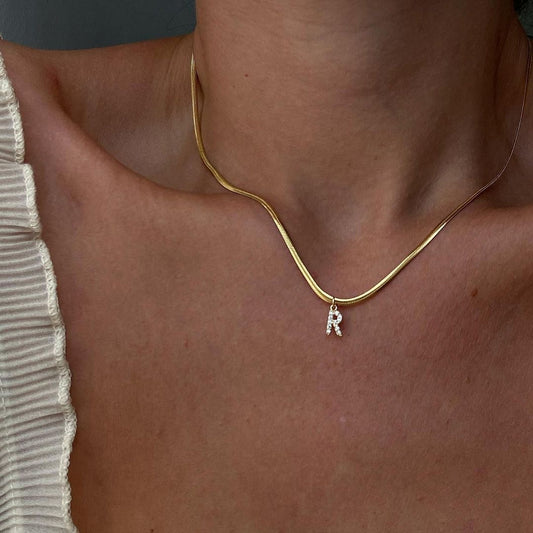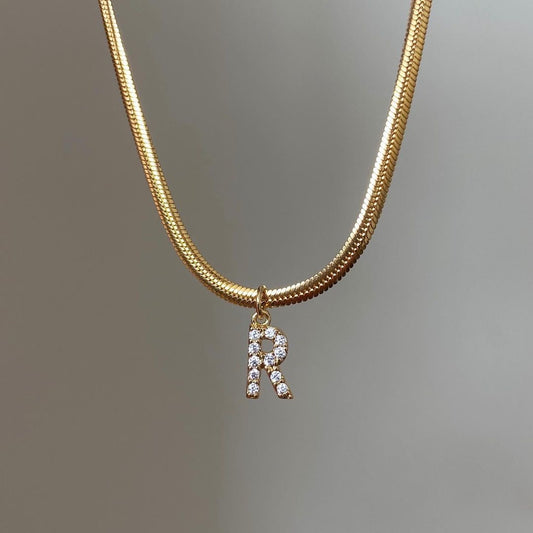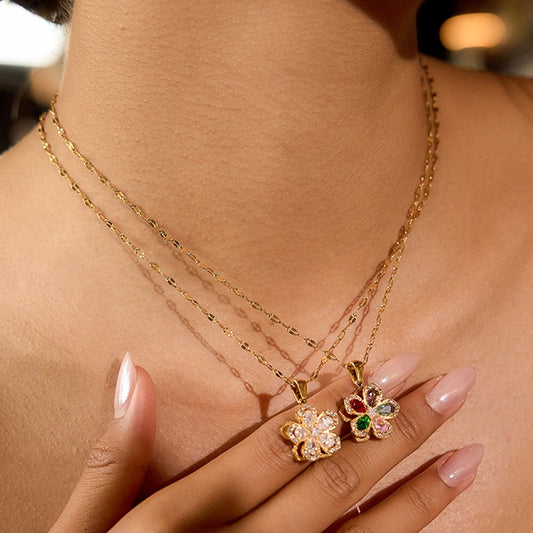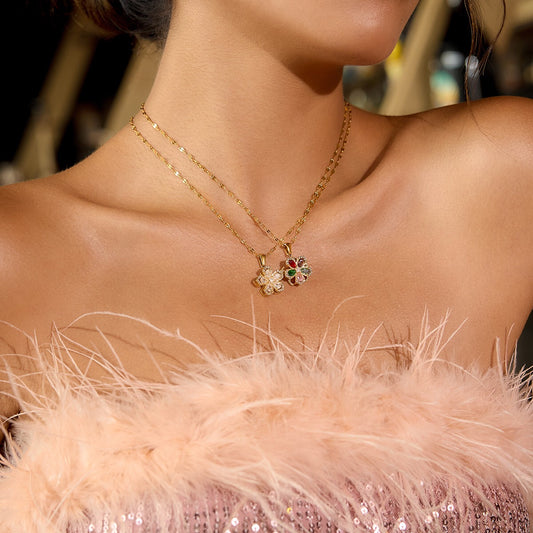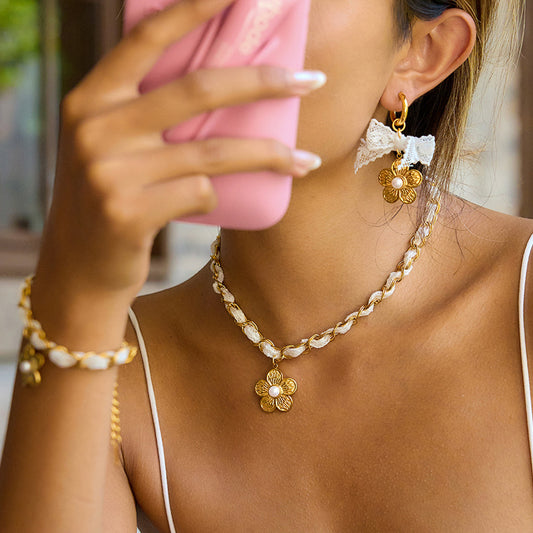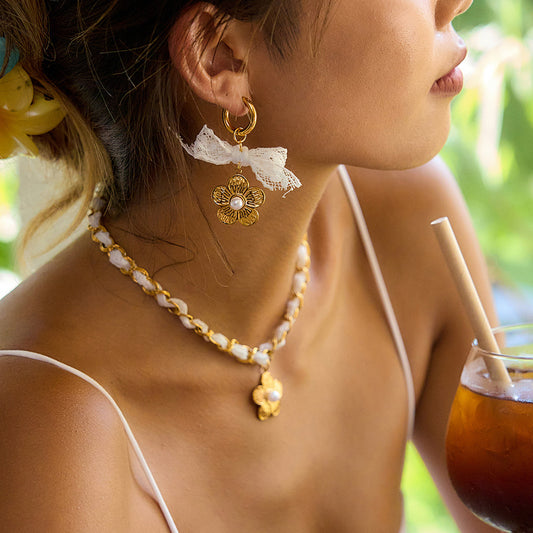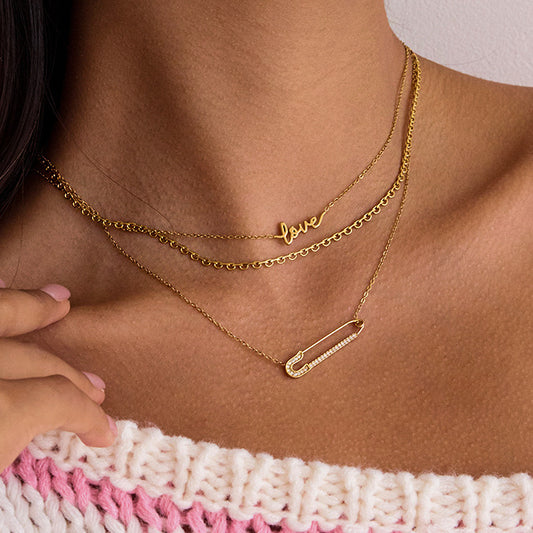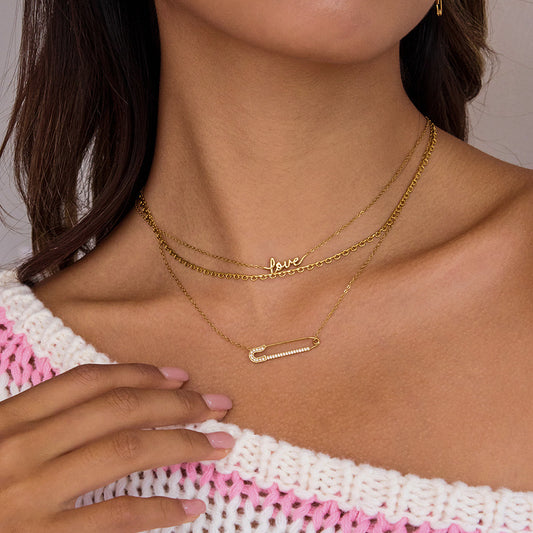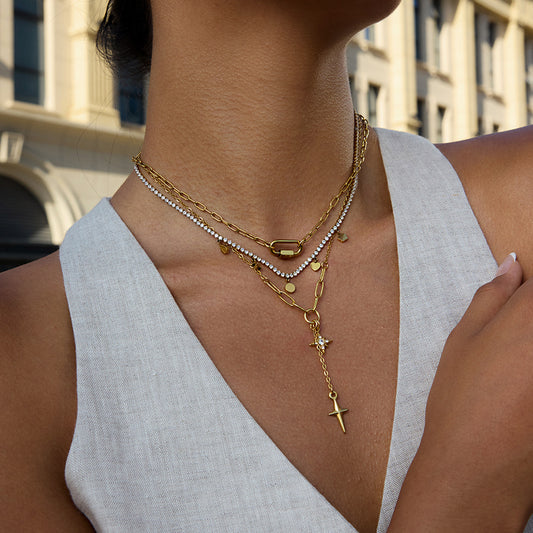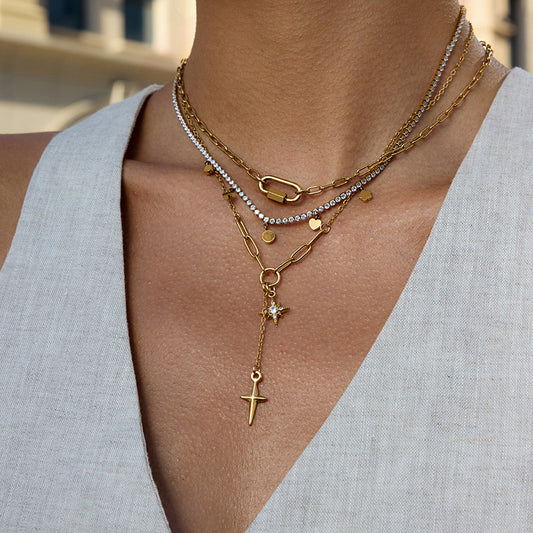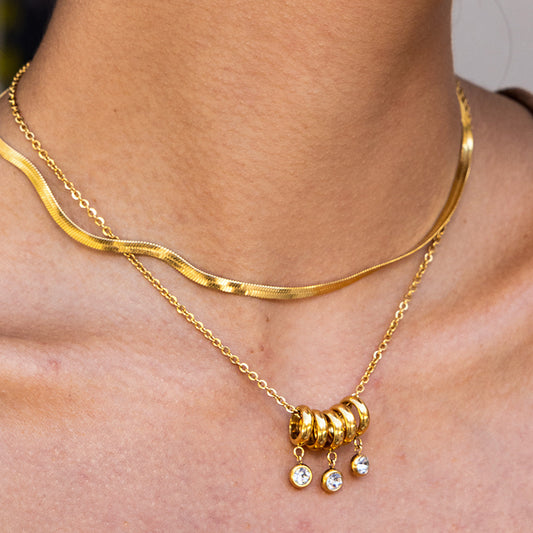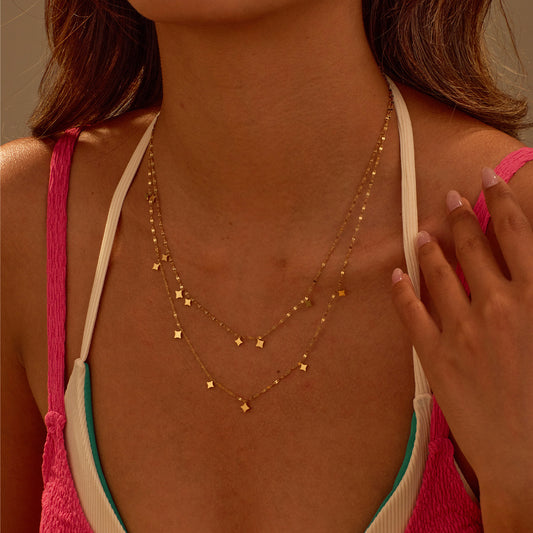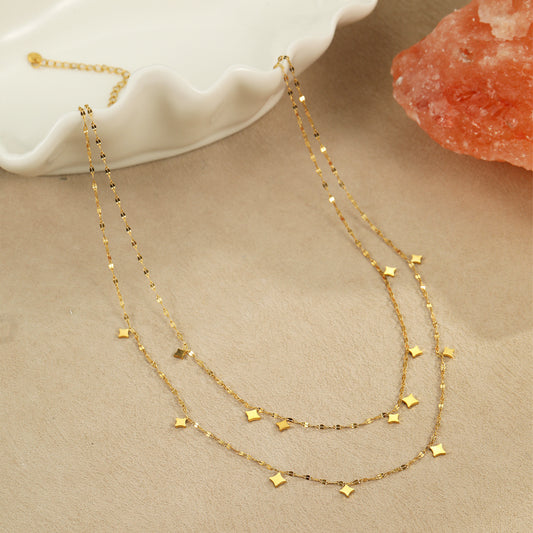Ruby Jewelry has captivated wearers for centuries, blending fiery color with unmatched elegance—and its popularity shows no signs of slowing. Ruby Necklace Market size is estimated to be USD 2.5 Billion in 2024 and is expected to reach USD 4.1 Billion by 2033 at a CAGR of 6.2% from 2026 to 2033. This enduring allure isn’t just about beauty; rubies carry cultural significance, symbolize love and strength, and elevate any outfit. Whether you’re a jewelry enthusiast, shopping for a gift, or curious about caring for your pieces, this guide covers everything you need to know about ruby jewelry.

What Is Ruby Jewelry?
Ruby jewelry refers to any accessory—from rings and necklaces to earrings and bracelets—featuring rubies as the central gemstone. Rubies are a variety of the mineral corundum, famous for their vivid red hue, which ranges from deep crimson to bright scarlet. Unlike other colored gemstones, rubies derive their color from chromium, a trace element that gives them their signature warmth.
Key Characteristics of Rubies in Jewelry
Not all rubies are created equal, and their quality directly impacts the value and appearance of ruby jewelry. The GIA uses four core criteria—known as the “4 Cs”—to evaluate rubies:
-
Color: The most critical factor. Top-grade rubies have a pure, saturated red (often called “pigeon’s blood” red) with no orange or purple undertones.
-
Clarity: Rubies typically have inclusions (internal flaws), but high-quality stones have minimal, unnoticeable inclusions. “Eye-clean” rubies (no visible flaws to the naked eye) are highly prized.
-
Cut: A well-cut ruby maximizes its color and brilliance. Common cuts for rubies include oval, cushion, and round, as these shapes enhance the gem’s natural fire.
-
Carat Weight: Rubies over 1 carat are rare, so larger stones command higher prices. However, smaller rubies (0.5–1 carat) remain popular for everyday jewelry due to their affordability and versatility.
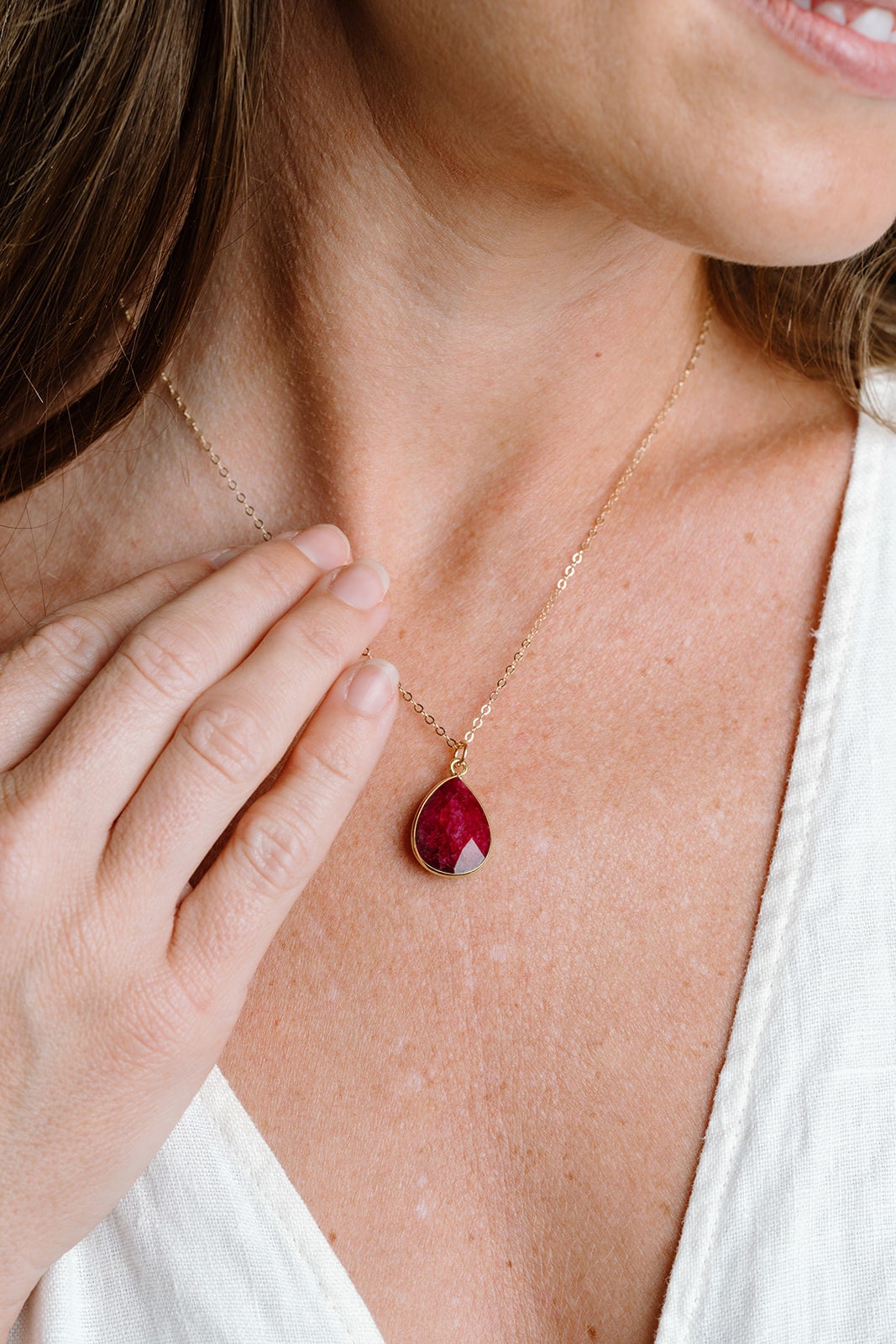
How Rubies Differ from Other Red Gemstones
It’s easy to confuse rubies with other red gemstones like garnets or red spinels, but there are key differences. Rubies are much harder (9 on the Mohs scale, second only to diamonds), making them more durable for daily wear. They also have a higher refractive index, which gives them a brighter, more reflective sparkle compared to garnets (which have a duller, more matte finish). This durability and brilliance make rubies a top choice for long-lasting jewelry.

Why Is Ruby Jewelry So Popular?
Ruby jewelry’s popularity spans cultures and eras, driven by a mix of aesthetic appeal, symbolism, and practicality. From ancient civilizations to modern fashion runways, rubies have remained a status symbol and a beloved gemstone.
Cultural and Historical Significance
Rubies have deep roots in history. In ancient India, rubies were called “ratnaraj” (“king of gemstones”) and were believed to protect warriors in battle. In medieval Europe, royalty wore ruby jewelry to symbolize power and wealth—Queen Elizabeth I, for example, was often depicted in ruby necklaces and brooches. Even today, rubies are associated with luxury: many royal families (including the British Royal Family) own iconic ruby pieces, like the Ruby Parure Tiara worn by Queen Elizabeth II.
Symbolism That Resonates
Rubies are more than just pretty stones—they carry meaningful symbolism that appeals to many. Traditionally, rubies represent:
-
Love and Passion: Their red color is linked to the heart chakra, making ruby jewelry a popular choice for engagement rings or anniversary gifts.
-
Strength and Courage: Rubies are thought to boost confidence and resilience, making them a thoughtful gift for someone facing a big life change.
-
Prosperity: In some cultures, rubies are believed to attract wealth and good fortune, adding to their allure.
Durability for Everyday Wear
Unlike delicate gemstones (like opals or pearls), rubies are extremely durable, scoring 9 on the Mohs scale. This means ruby jewelry can withstand daily wear—whether you’re typing at a desk, cooking, or running errands—without scratching or dulling. For busy individuals who want to wear meaningful jewelry daily, rubies are an ideal choice.
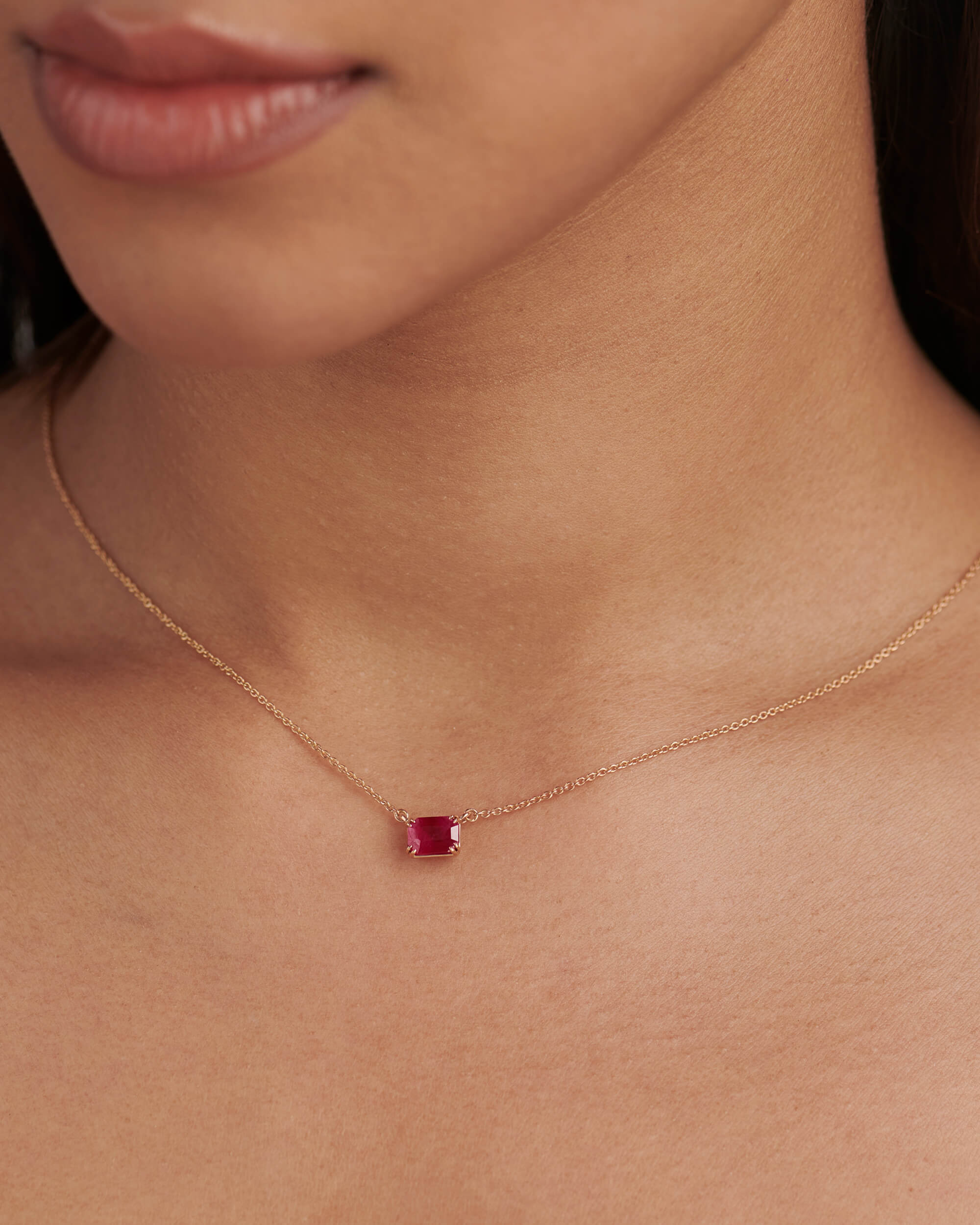
Popular Styles of Ruby Jewelry
Ruby jewelry comes in endless styles, from classic designs to modern trends, ensuring there’s something for every taste and occasion.
Classic Ruby Jewelry Styles
These timeless designs never go out of fashion and are perfect for formal events or everyday elegance:
-
Ruby Solitaire Rings: A single ruby set in gold or platinum, similar to diamond solitaires. They’re sleek, sophisticated, and ideal for engagement rings or stackable bands.
-
Ruby Stud Earrings: Small, round rubies set in simple settings (usually gold or silver). They add a subtle pop of color to any outfit, from workwear to evening gowns.
-
Ruby Tennis Bracelets: A line of small rubies set in a continuous band, popularized by tennis star Chris Evert. They’re delicate yet eye-catching, perfect for adding glamour to casual looks.
Modern and Trendy Ruby Jewelry
For those who prefer contemporary styles, these trends are taking the ruby jewelry world by storm:
-
Mixed-Metal Ruby Pieces: Rubies paired with both gold and silver (e.g., a necklace with a ruby pendant on a two-tone chain) for a edgy, versatile look.
-
Ruby Stacking Rings: Thin bands with small rubies that can be layered with plain rings or other gemstone bands for a personalized style.
-
Ruby Charm Jewelry: Charms shaped like hearts, stars, or animals, each set with a tiny ruby, perfect for building a custom bracelet or necklace.
How to Wear Ruby Jewelry
Ruby’s bold red color can elevate any outfit, but knowing how to style it ensures you make a statement without overpowering your look.
Styling Ruby Jewelry for Casual Occasions
For everyday wear (like brunch, shopping, or work), keep it simple and understated:
-
Pair Ruby Studs with Neutral Outfits: A white t-shirt, jeans, and ruby studs add a pop of color without being too flashy.
-
Layer a Dainty Ruby Necklace: A thin gold chain with a small ruby pendant pairs well with sweaters, blouses, or even hoodies for a subtle luxe touch.
-
Add a Ruby Stacking Ring: A single ruby band layered with a plain gold ring complements casual dresses or loungewear.
Styling Ruby Jewelry for Formal Events
For weddings, galas, or parties, go bolder to match the occasion:
-
Wear a Ruby Statement Necklace: A large ruby pendant or a collar necklace with multiple rubies pairs beautifully with a strapless or V-neck gown.
-
Opt for Ruby Drop Earrings: Long, dangling earrings with rubies add elegance to updos or sleek hairstyles.
-
Choose a Ruby Cocktail Ring: A large ruby ring (2+ carats) is the perfect accessory for a little black dress or a bold-colored gown—let it be the focal point of your look.
Mixing Ruby Jewelry with Other Gemstones
Rubies pair beautifully with other gemstones, but stick to complementary colors to avoid clashing:
-
Ruby and Diamond: The classic combo—diamonds’ sparkle enhances ruby’s red hue. Try a ruby ring with diamond accents or a necklace with alternating rubies and diamonds.
-
Ruby and Emerald: For a regal look, pair rubies with emeralds (think the British Crown Jewels). This combo works well for formal jewelry like tiaras or brooches.
-
Ruby and Pearl: A softer pairing—pearls’ neutral tone balances ruby’s bold color. Try ruby and pearl drop earrings for a vintage-inspired look.
Ruby Jewelry: Perfect Gift for Your Mother
When it comes to gifting your mom, ruby jewelry is a thoughtful choice—it’s personal, durable, and carries meaning that honors her love and strength.
Why Ruby Jewelry Speaks to Maternal Love
Rubies symbolize the warmth, passion, and resilience of motherhood. Unlike generic gifts, ruby jewelry is a keepsake she’ll wear for years, reminding her of your appreciation. Whether she’s a fan of subtle accessories or bold statement pieces, there’s a ruby design that fits her style.
Top Ruby Jewelry Gifts for Moms
-
Ruby Birthstone Jewelry: If your mom’s birthday is in July (ruby is the July birthstone), a birthstone necklace or bracelet adds a personal touch. Opt for a pendant with her initial or a charm representing her kids (e.g., a tiny “mom” charm with rubies).
-
Ruby Hoop Earrings: Medium-sized hoops with small rubies are versatile—she can wear them to work, church, or family gatherings. They’re classic enough to suit older moms and trendy enough for younger ones.
-
Ruby Locket: A locket with a ruby accent allows her to keep photos of her family close. Engrave the back with a message like “To Mom, with love” for an extra personal touch.
Tips for Choosing the Right Ruby Jewelry for Mom
-
Consider Her Style: If she prefers minimalism, go for small rubies in simple settings. If she loves glamour, opt for a statement piece like a ruby bracelet with diamond accents.
-
Stick to Her Favorite Metal: Notice if she wears gold, silver, or platinum—choose a setting that matches her existing jewelry so she can mix and match.
-
Think About Practicality: If she’s active (e.g., gardens, cooks), pick durable pieces like stud earrings or a low-profile ring to avoid damage.
How to Clean Ruby Jewelry
With proper care, ruby jewelry can retain its sparkle for decades. Rubies are durable, but they still need regular cleaning to remove dirt, oil, and makeup that can dull their shine.
Daily Care Tips for Ruby Jewelry
-
Remove Jewelry Before Daily Tasks: Take off ruby rings, bracelets, or necklaces before washing dishes, applying lotion, or swimming. Chemicals (like dish soap or chlorine) can damage the setting or leave a film on the ruby.
-
Wipe with a Soft Cloth: After wearing, gently wipe your ruby jewelry with a clean, lint-free cloth (like a microfiber cloth) to remove oil and dirt. This prevents buildup that can dull the gem.
-
Store Properly: Keep ruby jewelry in a soft pouch or a jewelry box with separate compartments to avoid scratching against other pieces (especially diamonds, which are harder than rubies).
Step-by-Step Cleaning Process
For a deeper clean (aim for once a month), follow these steps:
-
Mix a Mild Solution: Combine warm water with a few drops of mild dish soap (avoid harsh detergents like bleach or ammonia).
-
Soak the Jewelry: Place the ruby jewelry in the solution and let it soak for 10–15 minutes. This loosens dirt and grime.
-
Scrub Gently: Use a soft-bristled toothbrush (or a jewelry brush) to gently scrub the ruby and the setting, paying extra attention to crevices where dirt can hide.
-
Rinse Thoroughly: Rinse the jewelry under warm running water to remove soap residue.
-
Dry and Polish: Pat the jewelry dry with a soft cloth, then polish the ruby with a gemstone polishing cloth to restore its sparkle.
What to Avoid When Cleaning Ruby Jewelry
-
Ultrasonic Cleaners: These machines use vibrations to clean jewelry, but they can dislodge small rubies or damage fragile settings (like prong settings). Stick to hand cleaning instead.
-
Steam Cleaners: High heat and pressure can crack rubies or damage the metal setting. Avoid steam cleaning unless recommended by a jeweler.
How to Buy Ruby Jewelry
Buying ruby jewelry is an investment, so it’s important to do your research to ensure you get a high-quality piece at a fair price.
Set a Budget First
Ruby prices vary widely based on quality and carat weight. A small, low-quality ruby (0.5 carat, with visible inclusions) can cost \(200–\)500, while a large, top-grade ruby (3+ carats, pigeon’s blood color) can cost $10,000 or more. Decide how much you’re willing to spend before shopping to narrow down your options.
Shop from Reputable Sellers
To avoid buying fake or low-quality rubies, shop from trusted sources:
-
Certified Jewelers: Look for jewelers who are members of organizations like the American Gem Society (AGS) or the Jewelers of America (JA). These jewelers adhere to strict ethical and quality standards.
-
Online Retailers with Guarantees: If shopping online, choose retailers like James Allen or Blue Nile that offer 30-day return policies, GIA certifications, and detailed product photos.
-
Avoid “Too-Good-to-Be-True” Deals: If a ruby piece is priced far below market value, it’s likely a fake (e.g., a glass or synthetic ruby passed off as natural).
Ask for a Gemstone Certificate
Always request a gemstone certificate (from the GIA or AGS) when buying ruby jewelry. This document confirms the ruby’s authenticity, origin, and quality (including color, clarity, cut, and carat weight). A certificate ensures you’re not paying for a synthetic or treated ruby (unless you’re aware of it—treated rubies are more affordable but less valuable).
How to Identify Ruby in Jewelry
With so many fake rubies on the market, knowing how to spot a real ruby is key to avoiding scams.
Visual Tests for Real Rubies
-
Check the Color: Real rubies have a rich, even red color. Fake rubies (like glass or synthetic corundum) often have a dull, uneven hue or a “too-perfect” red with no undertones. Hold the ruby up to light—real rubies will show a slight color shift (e.g., from crimson to scarlet) as you move them, while fakes stay the same.
-
Look for Inclusions: As mentioned earlier, real rubies have small inclusions (like tiny crystals or liquid droplets). If a “ruby” has no inclusions at all, it’s likely synthetic or fake. Use a magnifying glass (10x) to inspect the gem—you should see subtle flaws.
-
Test the Hardness: Rubies are very hard (9 on the Mohs scale), so they can scratch glass. Gently rub the ruby against a piece of glass—if it leaves a scratch, it’s likely real. (Note: This test can damage the ruby, so only do it if you’re sure the piece is not valuable.)
Professional Tests to Confirm Authenticity
If you’re unsure, take the jewelry to a professional jeweler for these tests:
-
Refractometer Test: A refractometer measures how light bends through the gem. Rubies have a specific refractive index (1.762–1.770), which differs from fakes like garnets (1.740–1.760).
-
Ultraviolet (UV) Light Test: Real rubies often glow red under UV light, while fake rubies may not glow or may glow a different color (e.g., green for glass fakes).
-
Density Test: Rubies have a higher density than most fakes. Jewelers use a hydrostatic balance to measure the gem’s density—real rubies will sink faster in a liquid than fakes.
Frequently Asked Questions About Ruby Jewelry
Q: Are rubies more expensive than diamonds?
A: It depends on quality. Small, low-quality rubies are cheaper than diamonds, but large, top-grade rubies (like pigeon’s blood rubies over 3 carats) can be more expensive than diamonds of the same size. For example, a 5-carat pigeon’s blood ruby can sell for over \(1 million, while a 5-carat diamond of similar quality sells for around \)500,000.
Q: Can ruby jewelry be worn every day?
A: Yes! Rubies are very durable (9 on the Mohs scale), so they can withstand daily wear. Just be sure to remove them before activities that involve chemicals (like cleaning) or heavy impact (like gardening) to protect the setting.
Q: What’s the difference between natural and synthetic rubies?
A: Natural rubies form in the earth over millions of years, while synthetic rubies are created in a lab. Synthetic rubies have the same chemical composition and physical properties as natural rubies, but they’re more affordable (often 10–20% of the cost of natural rubies). The main difference is origin—natural rubies are rare, while synthetic rubies are mass-produced.
Q: Is ruby jewelry a good investment?
A: High-quality natural rubies are a great investment. Their value has increased by 5–10% annually over the past decade, and rare rubies (like pigeon’s blood rubies) are in high demand. However, synthetic or low-quality rubies are not good investments, as their value does not appreciate over time.
Q: How do I know if a ruby has been treated?
A: Many rubies are treated to improve their color or clarity (e.g., heat treatment to reduce inclusions). Treated rubies are less valuable than untreated ones. A gemstone certificate (from GIA or AGS) will note any treatments, so always ask for one when buying.
Conclusion: Ruby Jewelry—Your Timeless Ticket to Elegance
Ruby jewelry is more than just an accessory—it’s a symbol of love, strength, and luxury that stands the test of time. From classic solitaire rings to modern stacking bands, there’s a ruby piece for every style and occasion. Whether you’re wearing it daily, gifting it to your mom, or investing in a heirloom-quality piece, ruby jewelry never fails to impress.



